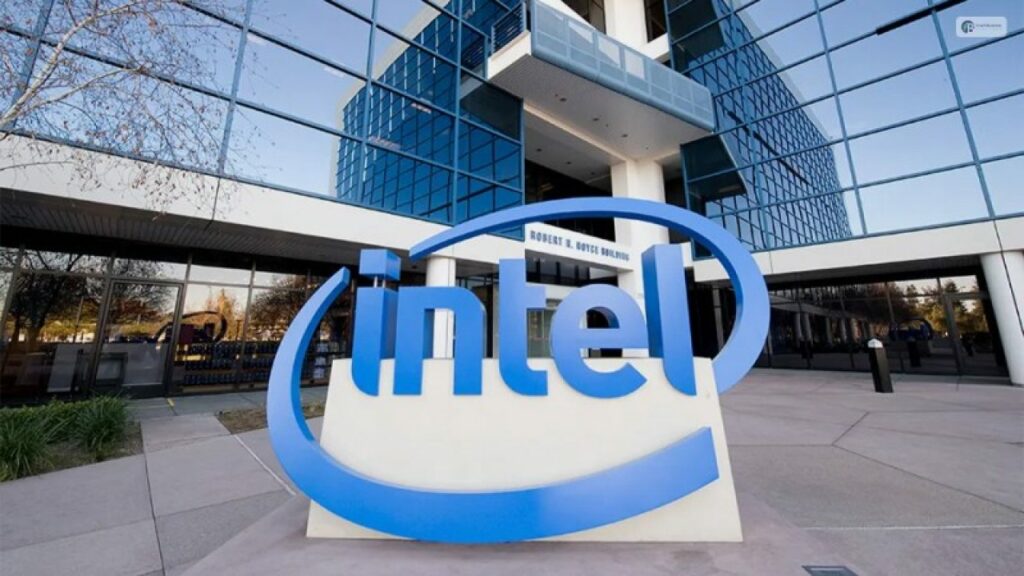1. Introduction
Intel’s journey in the tech industry is one of remarkable achievements and transformative innovations. For decades, the company has shaped the way we compute, connecting the world through its processors and technologies. Yet, recent shifts in the semiconductor landscape have prompted questions about Intel’s ability to maintain its position of leadership. The company’s return to profitability is not just a financial milestone—it is a symbol of its resilience and adaptability.
2. Intel’s Legacy of Innovation
From powering personal computers to driving data centers and cloud computing, Intel’s impact on technology is undeniable. The company’s microprocessors have fueled advancements in fields ranging from artificial intelligence to autonomous vehicles. Its “Intel Inside” campaign became synonymous with quality and performance, positioning the company as a household name in the world of computing.
3. Navigating Recent Challenges
In recent years, Intel has faced challenges that have impacted its financial performance and reputation. Delays in delivering new chip architectures, increased competition from rivals, and supply chain disruptions have strained the company’s operations. These challenges, coupled with changing consumer demands and the rise of specialized processors, have raised concerns about Intel’s future prospects.
4. The Importance of Profitability
Profitability is more than just a financial metric; it’s a key indicator of a company’s health and ability to invest in innovation. For Intel, a return to profitability is critical in maintaining the resources needed to fund research and development, drive technological advancements, and compete effectively in the ever-evolving semiconductor market.
5. Strategic Investments and Innovations
Intel’s return to profitability paves the way for strategic investments that can shape the company’s future. A stronger financial position enables Intel to allocate resources to research breakthroughs, develop cutting-edge technologies, and explore new market opportunities. This can lead to innovations that not only benefit Intel but also drive progress across industries.
6. Implications for the Semiconductor Industry
Intel’s resurgence has broader implications for the semiconductor industry. As a technology giant, Intel’s success fuels competition, innovation, and collaboration within the sector. A profitable Intel can stimulate advancements in chip design, manufacturing processes, and computing capabilities, ultimately benefiting consumers and businesses.
7. Addressing the Competitive Landscape
The return to profitability positions Intel to better address its competitive challenges. By investing in research, development, and talent, the company can enhance its ability to respond to market trends, introduce new products, and regain lost ground against competitors.
8. A Look Toward the Future
Intel’s journey to regain profitability is not an isolated event; it’s part of a larger narrative that will shape the company’s future. By focusing on efficient operations, innovative solutions, and customer-centric strategies, Intel can reestablish itself as a leader in the semiconductor industry.
9. Conclusion
Intel’s return to profitability signifies more than financial success—it embodies the company’s resilience, adaptability, and commitment to technological advancement. As Intel navigates the complexities of the modern tech landscape, a profitable stance provides the resources and confidence needed to continue driving innovation and shaping the digital world.
FAQs
Q1: Why is Intel’s return to profitability important? A: Intel’s return to profitability is crucial for funding research, innovation, and competing effectively in the semiconductor market.
Q2: What challenges has Intel faced in recent years? A: Intel has encountered delays in chip architectures, increased competition, and supply chain disruptions.
Q3: How does profitability impact innovation? A: Profitability provides resources for research, development, and innovation, enabling companies to drive technological advancements.
Q4: What are the broader implications of Intel’s profitability for the tech industry? A: Intel’s success stimulates competition, collaboration, and progress within the semiconductor sector, benefiting consumers and businesses.
Q5: What does Intel’s journey to profitability signify? A: Intel’s return to profitability reflects its resilience, adaptability, and commitment to shaping the digital world through innovation.




